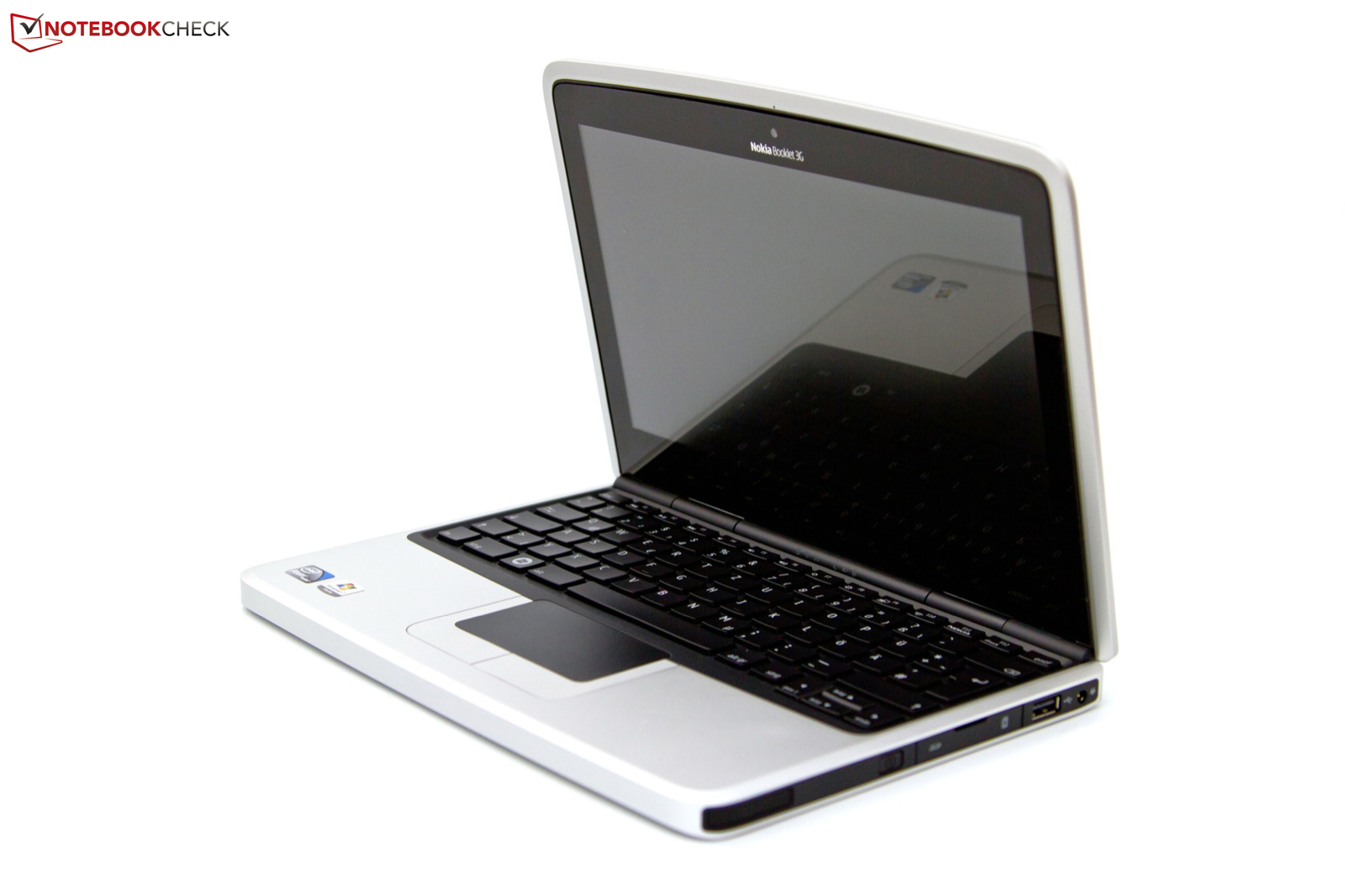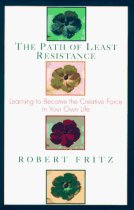Breaking News
The Path Of Least Resistance Robert Fritz Pdf
пятница 29 марта admin 61
Aug 12, 2011 - The Path of Least Resistance by Robert Fritz, 1989, Fawcett Columbine edition, in English - Rev. And expanded. Jun 29, 2012 - The path of least resistance for managers. By Robert Fritz. Publication date 1999. Borrow this book to access EPUB and PDF files.
Each Sunday, The Simple Dollar reviews a personal productivity or personal development book. The premise of this book is quite intriguing to me, a person who spends much of his time engaged in creative work. Argues that creativity functions best when you put as little resistance against it as you can. In other words, if you take away obstacles and open as many creative channels as you can, you’ll maximize your creative potential. I understand this premise deeply – it’s why I often write in the middle of the night with nothing on but some light instrumental music while my children and my wife are in bed.
I’m not worried about work or any deadlines and I can just open the floodgates – that’s when the ideas happen. I think it also explains why many people come up with great ideas in the shower – the opportunity to use a shower to slow down, enjoy the warm water and cleanliness, and let some stress pass out of us opens up the creative channels. Robert Fritz’s idea is certainly intriguing, but how is it useful? Is basically a guide for creative people on how to minimize creative obstacles and open creative channels in our everyday life, which is invaluable if you buy into the central idea that this is a big key for creative thought (which I do). Admittedly, there is a bit of what I like to describe as “New Age language” in this book – words that don’t relate to concrete action – but there’s also a lot of compelling thought and action within these covers. Digging Into Chapter 1: The Path of Least Resistance Fritz opens the book by identifying the three basic underlying principles of the book. First, you go through life taking the path of least resistance.
In other words, we spend our lives trying to find the path to our goals that involves the smallest number of obstacles. Second, the underlying structure of your life determines the path of least resistance. This includes your predispositions, ethics, and thought patterns, as well as external pieces like your job, your personal life, and so on. Animated curtains powerpoint slides free download windows 7. Third, you can change the underlying structures of your life. You can change jobs. You can seek out therapy. You can rearrange your living room.
The trick is to find the structures in your life that can create a path with less resistance than the one you’re following right now. I think that’s a pretty sensible philosophy for life, actually. Chapter 2: The Reactive-Responsive Orientation Most people go through life merely going with the flow of the events around them, reacting (negatively) or responding (positively) to these events. Rather than looking for things that can be changed, their path of least resistance involves just floating along until an external event forces them to change paths. They either react by fighting it or they respond by trying to solve the problem, and when it’s fixed, they go back to drifting. Some people execute preemptive strikes against potential problems they see coming, but it’s still just a way to get back to the act of drifting.
The problem is that it’s hard to be truly creative when you’re constantly having to leap out of your flow to react or respond to things – think about sitting at your desk and trying to think about something when the phone rings.  Usually, your creative flow is shot while you deal with the phone call – and that’s a bad thing for people who work creatively. Chapter 3: Creating Is No Problem – Problem Solving Is Not Creating Here, Fritz distinguishes between problem solving and creating, a distinction I hadn’t really thought about. Problem solving is merely an extension of the reactive-responsive orientation in the last chapter – a problem comes along, you bring your mind to bear on solving it, and the problem is reduced or goes away. Creating, on the other hand, is the process of bringing something new into the world.
Usually, your creative flow is shot while you deal with the phone call – and that’s a bad thing for people who work creatively. Chapter 3: Creating Is No Problem – Problem Solving Is Not Creating Here, Fritz distinguishes between problem solving and creating, a distinction I hadn’t really thought about. Problem solving is merely an extension of the reactive-responsive orientation in the last chapter – a problem comes along, you bring your mind to bear on solving it, and the problem is reduced or goes away. Creating, on the other hand, is the process of bringing something new into the world.
